Recommendations for Prescribing Opioid in Chronic pain 1. 1st line of therapy in chronic pain outside of active cancer, palliative or end of life care must be nonpharmacologic therapy and nonopioid pharmacologic. Consider opioid therapy in combination with nonpharmacologic or nonopioid pharmacologic therapy if benefits outweighs risk. 2. Ordinarily 2…
Author: Epomedicine
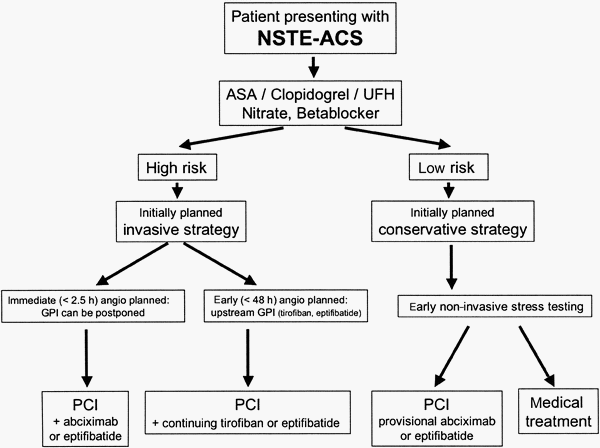
NSTEMI : Early Medical Management Pearls
Antiplatelet therapy Aspirin 2-4 non-enteric coated chewable baby aspirins (81 mg each) – buccal absorption is the fastest for platelet inhibition. Initial dose: 150 mg – 325 mg Daily dose: <150 mg For patients unable to take oral medications: Rectal suppository 325 mg Avoid in acute MI: Enteric coated preparations…
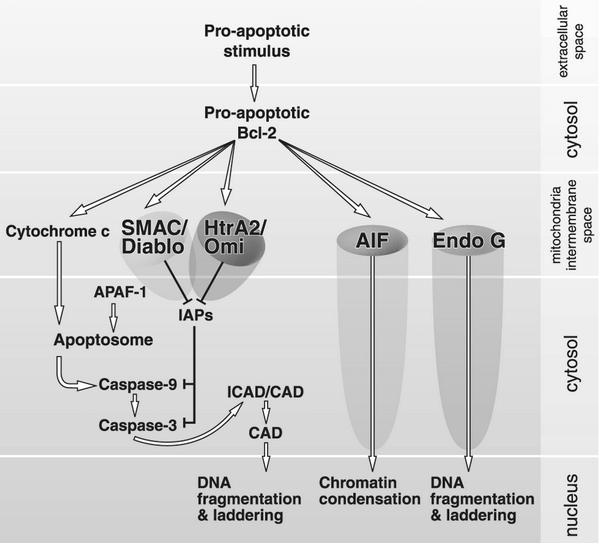
Apoptosis (Caspases and Genes) : Mnemonics
Caspases (Pro-apoptotics) Initiator caspases: Executioner caspases: 3 and 7 Pro-apoptotic genes Mnemonic: “B” followed by a vowel Anti-apoptotic genes Mnemonic: Contains “L” or “XL” Other: Inhibitor of Apoptosis (XIAP) How all these genes and molecules work together to complete apoptosis? Find it here.
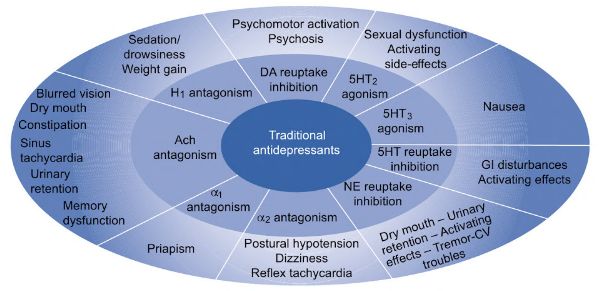
Antidepressants Made Easy
Tricyclic Antidepressants (TCA) Mnemonic: -pramine, -triptyline, -pin Secondary amines: predominantly norepinephrine reuptake inhibitors Nor-triptyline Desi-pramine Tertiary amines: Ami-triptyline Imi-pramine Clomi-pramine Doxe-pin Irreversible MAO Inhibitors Mnemonic: TIPS Non-selective MAO inhibitors: Tranylcypromine Isocarboxazid Phenelzine Selective MAO-B inhibitor: Selegiline (transdermal patch) Reversible Inhibitor of MAO-A (RIMA) Moclobemide Tolaxatone Tetracyclic Antidepressants Nonselective inhibitor of…
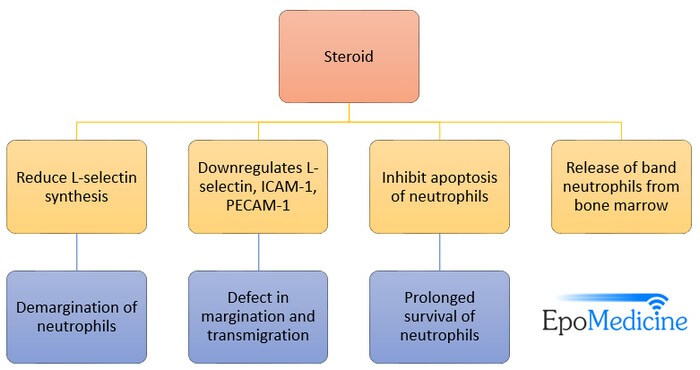
Steroid Induced Leukocytosis
Mechanism of Steroid Induced Leukocytosis There are 3 major mechanisms responsible for corticosteroid induced granulocytosis: 1. Demargination of neutrophils from endothelial cells (60% of the rise): Recall the leukocyte adhesion cascade in the chapter of inflammation. L-selectins are present in leukocytes that mediates their rolling on the endothelial lining of…
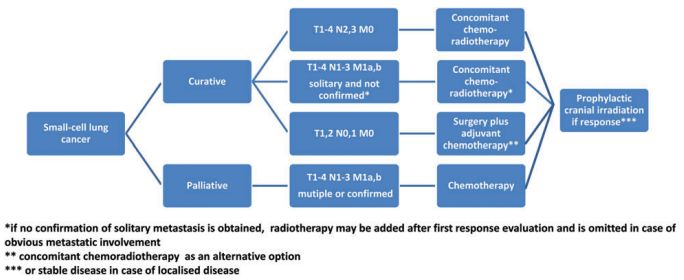
Extensive Small Cell Lung Cancer
Short Case Summary 74 years old smoker, male patient presented with significant weight loss, productive cough and abdominal discomfort of short duration. Patient was icteric with stable vitals. On examination of chest, there was decreased air entry over right lung field. On examination of abdomen, liver was palpable with hard,…
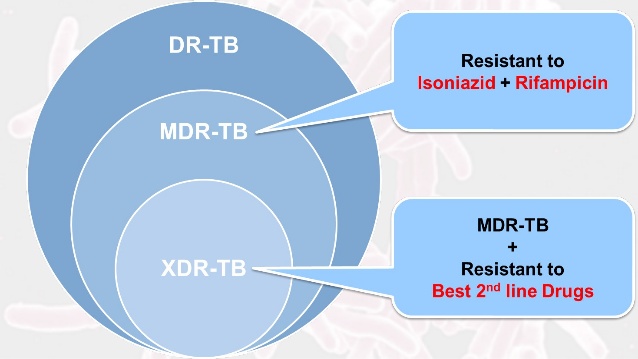
Drug Resistance TB Management Summary
Antitubercular drug symbols H = Isoniazid R = Rifampicin Z = Pyrazinamide E = Ethambutol S = Streptomycin Km = Kanamycin Cm = Capreomycin Lfx = Levofloxacin Ofx = Ofloxacin Mfx = Moxifloxacin Eto = Ethionamide PAS = Para-aminosalicylic acid Cs = Cycloserine Amx/Clv = Amoxicillin-Clavulanate Bdq = Bedaquiline Lzd…
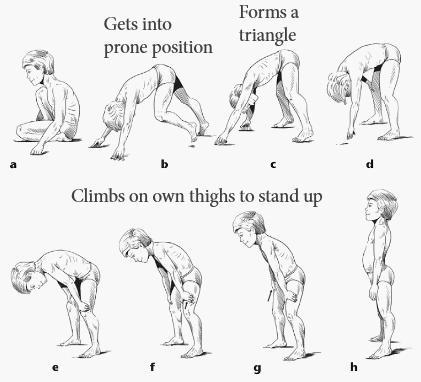
Gower’s sign
Synonyms: Gower’s maneuver, Myopathic walking, Butt-first maneuver Identifying Gower’s sign To check for Gower’s sign, place the patient in the supine position and ask him to rise. A positive Gower’s sign – an inability to lift the trunk without using the hands and arms to brace and push – indicates…
